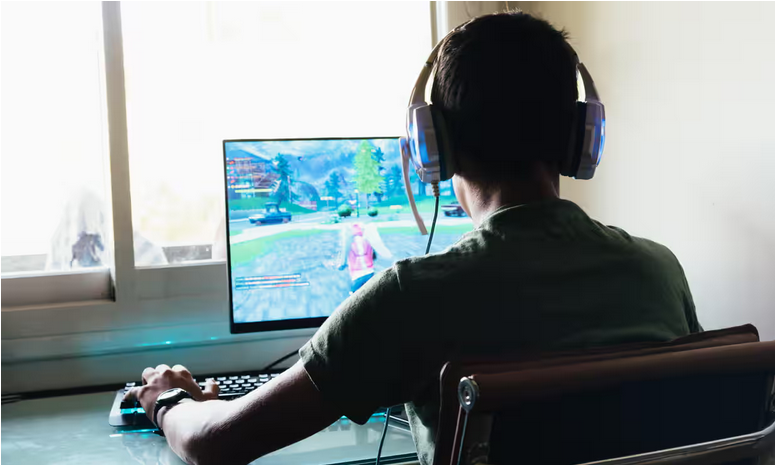In Jonathan Haidt’s recent book, he argues that individuals born after 1995 are the first generation to experience puberty with constant access to a digital universe via smartphones. This, he contends, has significantly impacted their mental well-being.

At the turn of the millennium, technology companies introduced revolutionary products that not only transformed the lives of adults worldwide but also greatly influenced the lives of children. These innovations, unlike anything before them, provided portability, personalization, and engagement. However, the companies behind these developments conducted minimal research on their potential mental health effects. When evidence emerged suggesting harm to young people, the response from these companies was often denial, obfuscation, and public relations campaigns.
The focus on maximizing “engagement” through psychological tricks, particularly targeting vulnerable developmental stages, has had profound effects. Social media platforms, video game companies, and pornography sites have all played roles in reshaping childhood and altering human development on an unprecedented scale.
Legal restrictions on these tech companies have been minimal, with few limits beyond requiring parental consent for children under 13 to sign up for services. However, even this requirement often lacked stringent age verification measures.
The early 2010s marked a sudden increase in mental health issues among adolescents, with significant rises in anxiety, depression, and suicidal tendencies across various demographics. Smartphone introduction in 2007 significantly contributed to this shift, allowing teenagers to be constantly connected to the online world. The prevalence of social media and online leisure activities consumed much of their time, with a substantial portion of attention devoted to virtual interactions even during offline activities.

Social media platforms, like Instagram, have been implicated in exacerbating mental health issues, particularly among teenage girls. However, evidence suggests that boys have also been affected, with declines in mental well-being linked to excessive internet use and online gaming.
Haidt proposes collective responses to address these challenges, including delaying smartphone and social media access for children, implementing phone-free policies in schools, and encouraging more unsupervised play for childhood development. These reforms, if widely adopted, could lead to significant improvements in adolescent mental health, especially as technology continues to evolve and become increasingly immersive.






